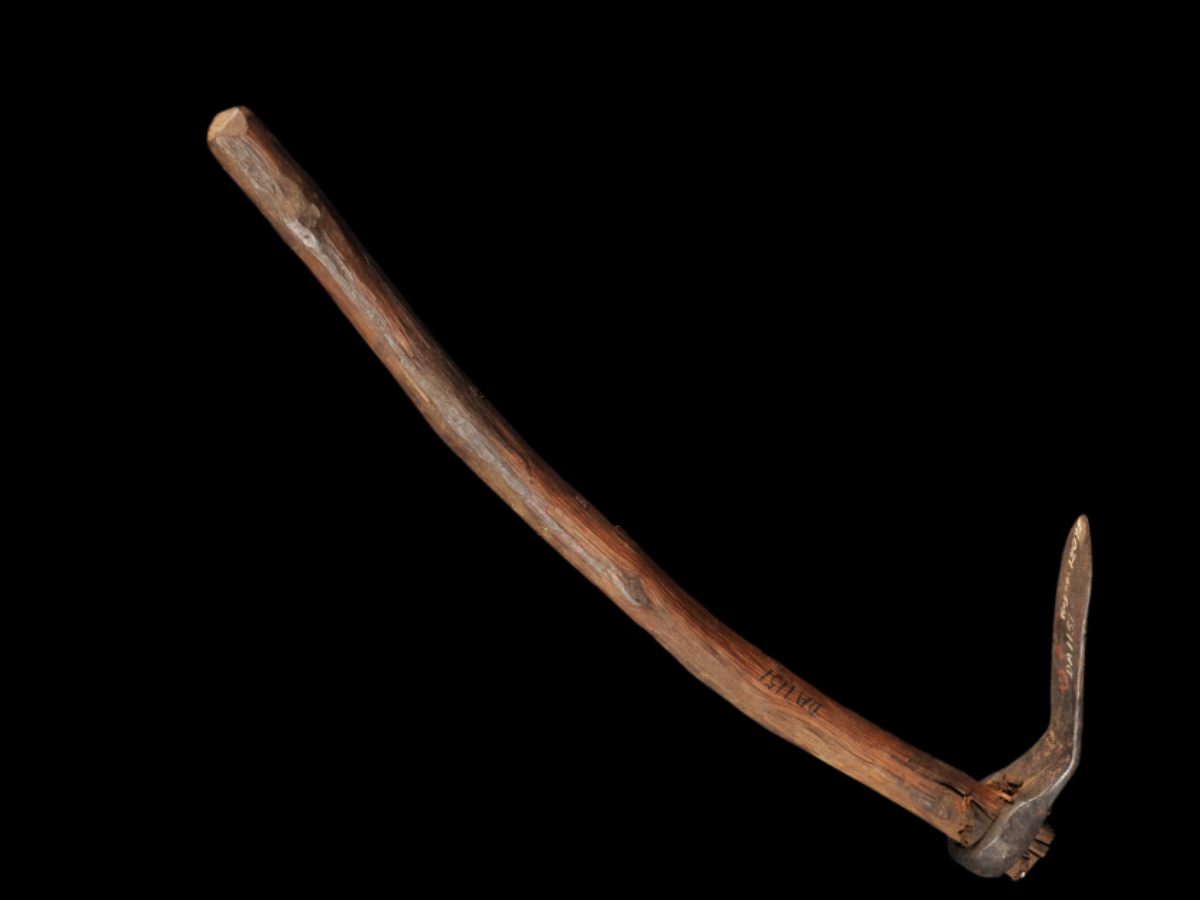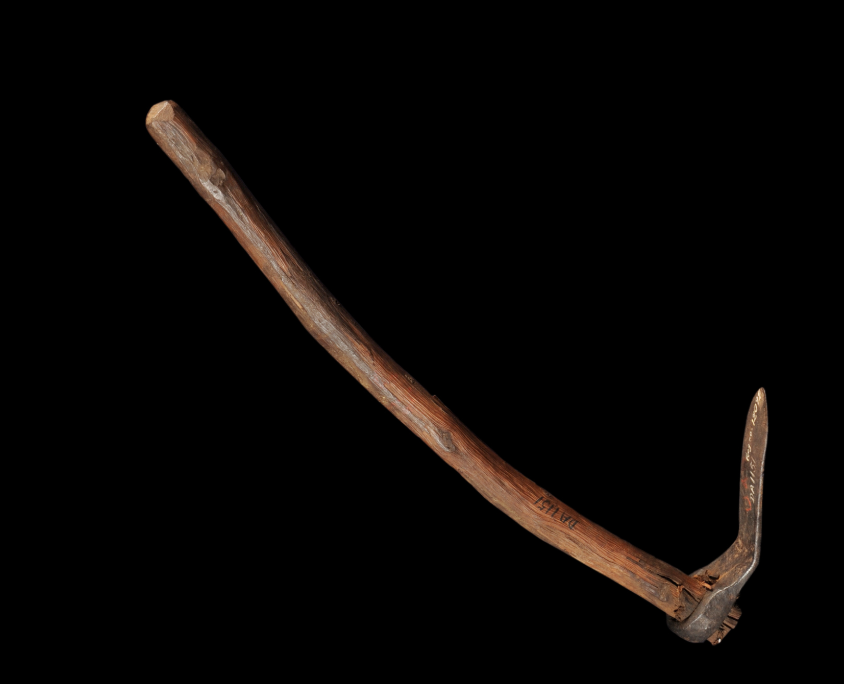State
Tribe Name
Art Type
short description
The Urali Tribe, located chiefly in Tamil Nadu is known for its age-old agricultural and sustainable farming practices. One of their main farming implements is the traditional hoe: a simple but nevertheless highly effective instrument for proper weeding and soil management within the agricultural fields.
Thumbnail

Filter Postion
Left
Filter Background
Off
Theme
Filter Header Image

content
Image

description
The Urali Tribe, located chiefly in Tamil Nadu is known for its age-old agricultural and sustainable farming practices. One of their main farming implements is the traditional hoe: a simple but nevertheless highly effective instrument for proper weeding and soil management within the agricultural fields.
It consists of two parts: an iron blade, slightly in L-shape, bent, and tapering for insertion of handle, and a long, curved wooden handle. The cutting edge of the blade loosens the soil and uproots weeds; the other end forms the ferrule which is made to comfortably fit an insertion of the wooden handle. The perfect design helps sustain a firm grip and durability, enabling farmers to man the tool for lengthy periods of time with ease.
The primary use of the hoe by the Urali people is for weeding, along with tilling small plots and preparing for the sowing of land. The curved design helps generate leverage, making it a tool that causes less strain and more efficiency to the user. This tool further reflects the ingeniousness and deep understanding of indigenous people with sustainable farming practices within their environment, made using materials readily sourced in the locality.
Such a hoe is a symbol, being tradition, of the indigenous people's very creativity and implement for purposes of agricultural sustainability. Recognition and conservation of such farming implements can ignite initiatives for environmental-friendly agricultural practices along with sustaining the tribal heritage.
It consists of two parts: an iron blade, slightly in L-shape, bent, and tapering for insertion of handle, and a long, curved wooden handle. The cutting edge of the blade loosens the soil and uproots weeds; the other end forms the ferrule which is made to comfortably fit an insertion of the wooden handle. The perfect design helps sustain a firm grip and durability, enabling farmers to man the tool for lengthy periods of time with ease.
The primary use of the hoe by the Urali people is for weeding, along with tilling small plots and preparing for the sowing of land. The curved design helps generate leverage, making it a tool that causes less strain and more efficiency to the user. This tool further reflects the ingeniousness and deep understanding of indigenous people with sustainable farming practices within their environment, made using materials readily sourced in the locality.
Such a hoe is a symbol, being tradition, of the indigenous people's very creativity and implement for purposes of agricultural sustainability. Recognition and conservation of such farming implements can ignite initiatives for environmental-friendly agricultural practices along with sustaining the tribal heritage.
Image Mode
landscape
promoted
On
Verified
Off
